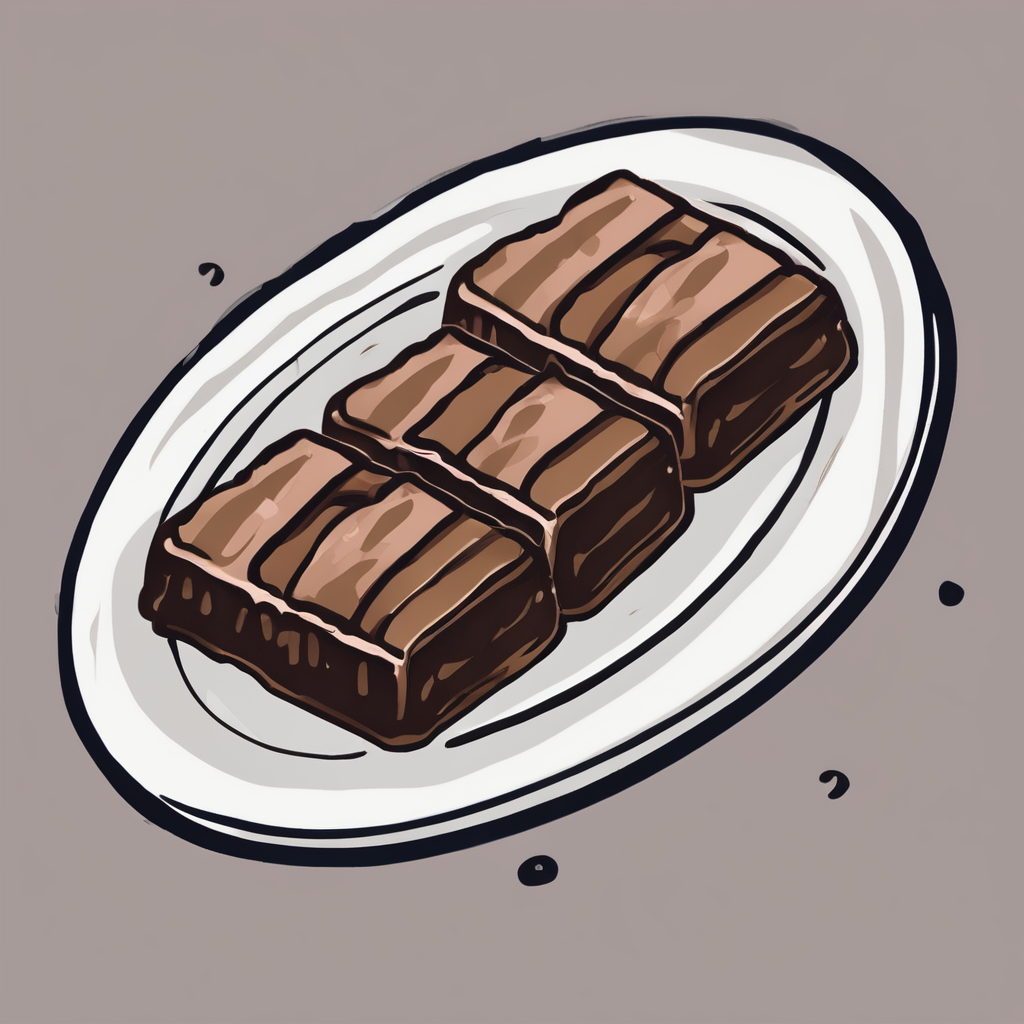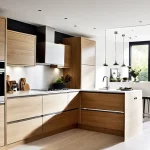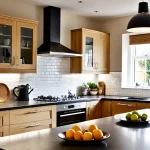Immediate fixes to maximise slim kitchen space
Maximizing every inch with smart choices
When working on small kitchen optimization, the quickest wins often come from decluttering. Clear off countertops by storing rarely used items away, and prioritize daily essentials only. This simple step instantly opens up workspace and improves flow.
Have you seen this : Discover the best materials for designing a chic and minimalist uk kitchen
For slim kitchen tips, consider immediate layout swaps. Moving the cutting board closer to the prep sink or relocating the trash bin under the sink can create surprising space gains. These tweaks enhance UK kitchen efficiency by reducing unnecessary movement in tight areas.
Choosing compact appliances designed for smaller homes is another powerful fix. Opt for slimline dishwashers, narrow fridges, or wall-mounted microwaves to keep surfaces clear and maintain storage. Even selecting slim cabinets with integrated handles adds to the sleek, space-saving feel essential in UK kitchens.
In the same genre : Transform your uk kitchen into a sleek multifunctional hub with these smart solutions!
Such practical choices show how thoughtful repositioning and appliance selection can transform a cramped layout into a highly efficient, enjoyable cooking space without costly renovations.
Organisational hacks for every cupboard and surface
When it comes to maximising space, kitchen storage hacks focus on creating vertical storage and shelving. Adding shelves inside cupboards or above counters takes advantage of often-unused areas, providing room for plates, spices, or pantry items without cluttering your work surfaces. Using vertical space also supports slim kitchen organisation, essential for smaller areas.
Inside-cupboard organisers are another smart solution. They help separate items, making it easier to find what you need quickly. Incorporating under-shelf racks expands cupboard capacity by allowing you to stack lightweight containers or utensils without blocking access to other items. These storage solutions make daily cooking more efficient.
For countertops, multi-use containers that stack neatly combine convenience with aesthetic appeal. They store frequently used ingredients like sugar or flour while keeping your workspace tidy. Stackable storage options reduce clutter and help maintain a clean kitchen flow. Combining these strategies can transform your kitchen into a model of ease and order, perfectly tailored to your needs.
Smart layout ideas tailored for UK slim kitchens
Maximising an efficient kitchen layout in narrow UK kitchens requires smart planning. Practical zoning splits areas for prepping, cooking, and storage to streamline workflow. For example, keep chopping boards near sinks and ovens close to countertops for a smooth transition from preparation to cooking.
Galley kitchens are ideal for slim spaces, offering parallel work zones that reduce walking distances. One-wall kitchen arrangements work well too, especially in studio flats or smaller homes, by placing appliances and storage along a single wall. This frees up space for moving around and additional dining or seating areas.
Incorporating open shelving brightens the room and keeps essentials within easy reach, which is vital in tight spaces. Foldaway work surfaces can extend prep areas when needed but tuck away neatly to maintain open floor space, a perfect balance between functionality and style in UK kitchen design.
These ideas turn narrow kitchens into highly functional, enjoyable spaces without sacrificing style or comfort, addressing common UK layout challenges effectively.
Space-saving furniture and product recommendations
Maximising limited kitchen space calls for space-saving kitchen furniture designed to blend functionality with style. Consider slimline dining tables that fold neatly after mealtimes, freeing up floor area instantly. These tables are perfect for small kitchens where every inch counts. Complement them with stools or benches that can tuck away under counters or the table itself, effectively reducing clutter and improving mobility.
Incorporating multi-purpose seating, such as benches with storage inside, optimises usability without overcrowding. These solutions serve dual functions, providing both seating and stowaway space—a game changer for compact UK kitchens.
When it comes to small kitchen products, compact gadgets like multi-functional food processors and nested measuring sets can streamline cooking without eating up precious countertop space. Investing in these tools—widely available as UK kitchen essentials—supports efficient meal preparation even in crammed quarters.
Choosing the right combination of slimline furniture and cleverly designed multi-purpose tools transforms a tight kitchen into a practical and inviting hub. It’s the perfect way to enjoy your culinary space without compromise.
Lighting and decor strategies to enhance spaciousness
Creating the illusion of space in a small kitchen hinges largely on effective kitchen lighting tips and thoughtful decor choices. Maximising natural light is the quickest way to make a kitchen feel more open. Position windows unobstructed and use sheer curtains to allow sunlight to flood the space. Complement this with strategic artificial lighting—opt for bright, cool-toned LED lights under cabinets and over worktops to reduce shadows and visually expand the area.
When it comes to decor for small kitchens, using light, neutral colours on walls and cabinetry reflects light better, enhancing the perception of more room. Incorporating mirrored surfaces, such as a backsplash or cabinet inserts, cleverly doubles the visible space by reflecting both natural and artificial light. Glass elements—be it glass-front cabinets or pendant lamps—maintain visual continuity and prevent the kitchen from feeling boxed in.
For spacious kitchen tricks, select minimalistic decor accents that don’t clutter countertops. Clear jars, sleek containers, or a few green plants can subtly enhance space without overwhelming. These strategic choices in lighting and decor collectively transform a cramped kitchen into an inviting, airy hub, proving size isn’t everything.
Precision and Recall in SQuAD Evaluation
Precision and recall are fundamental metrics for evaluating the performance of models on the Stanford Question Answering Dataset (SQuAD). Precision measures the proportion of correctly predicted tokens relative to all tokens predicted. Specifically, precision is calculated as tp / (tp + fp), where tp (true positives) are the tokens shared between the prediction and the correct answer, and fp (false positives) are tokens present in the prediction but absent in the correct answer.
Recall, on the other hand, assesses how many of the correct answer tokens were successfully predicted. It is computed as tp / (tp + fn), where fn (false negatives) counts tokens in the correct answer missing from the prediction. These metrics work together to clarify a model’s effectiveness: high precision means the predictions are accurate, while high recall indicates thorough coverage.
Understanding these helps users balance accuracy and completeness when refining their question answering systems. For instance, a system prioritizing recall ensures fewer missed information bits, while one focusing on precision avoids noise from incorrect tokens. This nuanced perspective is crucial for improving model evaluations.


